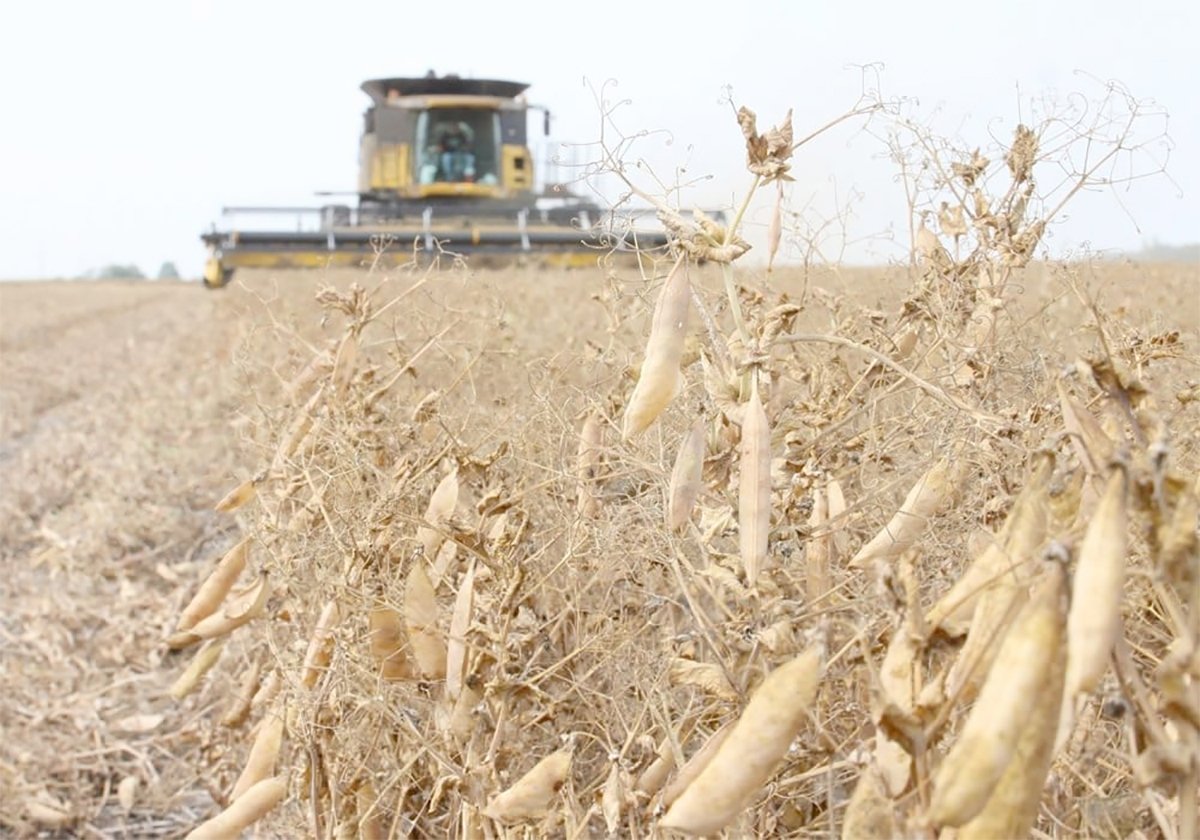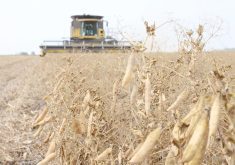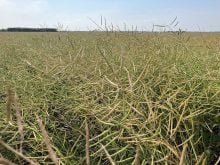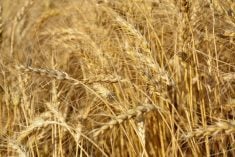CALGARY – A Calgary restaurant is taking a hands-on approach to beef.
Charcut Roast House, which hasn’t yet opened, plans to buy cattle directly from farmers or small suppliers and process the carcasses at the restaurant.
“Cost savings of in-house butchery are passed on to the customer, but the staff must have the right skill sets,” said chef John Jackson.
“Rather than using only primary cuts, Charcut will feature whole animals, nose to tail.”
Jackson trained in meat cutting and curing and creating smoked meats such as prosciutto and salamis from a master in Italy, whose family has been using the same techniques for generations.
Read Also

Chinese, Indian tariffs take toll on pea prices
The disruption of pea exports from Canada’s largest customers will likely result in slow pea exports for the remainder of the crop year.
He also studied meat sciences at Iowa State University.
Charcut will dry age its house butchered steaks and cure meat in an on-site custom curing chamber that is being specially built in Europe.
An eating bar with a large window will allow diners to see the aged meat hanging and the selection of dry cured hams and salamis, with shelving below for dry aged meat such as sirloins and other butcher cuts.
“We are offering an experience that may be new to Albertans but is occurring in leading restaurants south of the border,” said Jackson, who recently returned from San Francisco and New York where he worked as a chef for eight years.
Chef Connie DeSousa butchered animals at slow food icon Alice Waters’ Chez Panisse in Berkeley, Calif., which has done in-house butchering since the 1970s.
Meat supplier
DeSousa and Jackson are working with Second to None Meats of Calgary to secure a high quality meat supply.
Highland and Galloways from the Canadian Celtic Cattle Company of Strome, Alta., are Charcut’s beef cattle of choice.
Jackson, DeSousa and their spouses, who will help manage the restaurant, visited the farm last summer.
“It’s a real education. The cattle there are so friendly, they gathered around us. I reckon
they only have one
bad day in their lives,” Jackson said.
Rancher Paul Froehler said Highland and Galloway cattle produce superior beef.
“They marble up nicely, do better on grass, have a good feed conversion rate and do well raised without steroids, antibiotics or hormones,” he said.
“Our cattle are grass fed and grain finished.”
Wally Foremsky, who is the Froehlers’ business partner in the Canadian Celtic Cattle Co. and Second to None Meats, said celtic cattle are becoming more popular with restaurants partly because of the work the industry has done in building awareness.
“The humane treatment is important and it is good for the environment to raise the animals this way,” Jackson said.
“But I am a chef and the most important thing for me is putting out food that makes people happy. It just so happens that a naturally grass fed animal that has not been stressed benefits the animal and therefore the flavour. It just so happens that to control the entire process start to finish is how to do it. This is it.”














